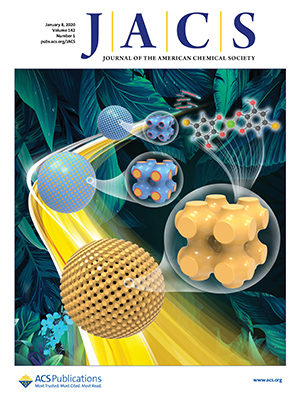2020 School of Chemical and Biomedical Engineering award
December 2020
Congratulations to our Postdoctoral Fellow Dr Christina Cortez-Jugo on receiving the 2020 Outstanding Postdoctoral Researcher Award by the School of Chemical and Biomedical Engineering.
Christina’s research focuses on the biomedical applications of nanostructured materials and collaborates in HIV, cancer, neurodegenerative and pulmonary research. Earlier this year, Christina received the Award for Innovative Mindset (AIM) by Friedreich’s Ataxia Research Alliance (FARA) and fara Australia and more recently was awarded an ARC Discovery Project grant for her project entitled Bioprogramming the Behaviour of Nanoparticles in Live Cells by Nanoscopy in collaboration with Dr Francesca Cavalieri (RMIT University).


